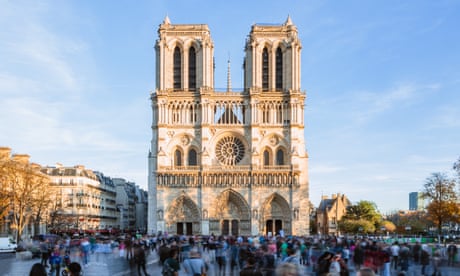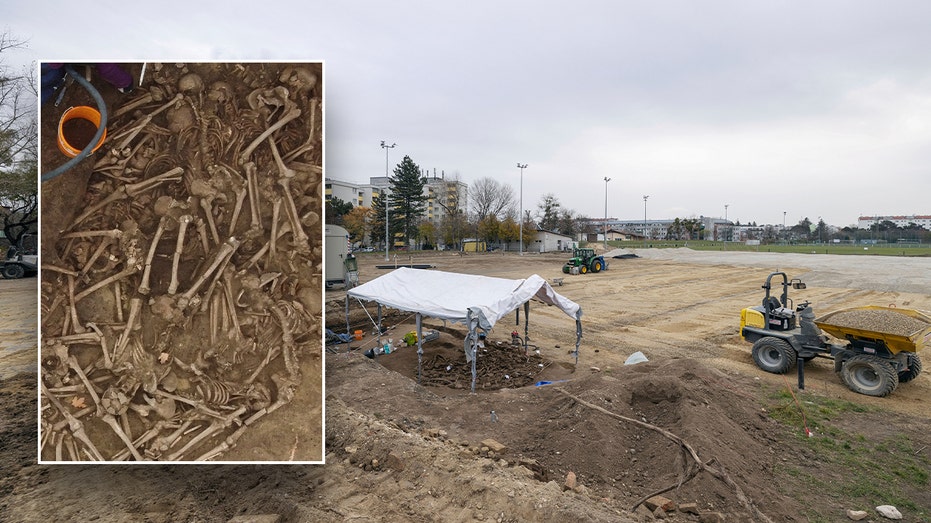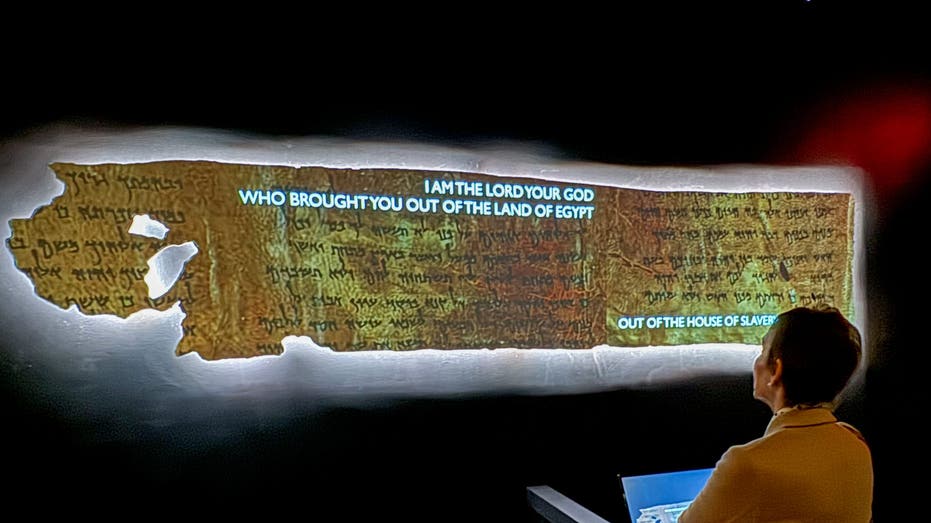- by foxnews
- 08 Apr 2025
The towers and the glory: Simon Jenkins? favourite cathedrals in Europe
The towers and the glory: Simon Jenkins’ favourite cathedrals in Europe
- by theguardian
- 16 Nov 2021
- in travel

Cologne was a site of Roman Christian worship. Its buried baptistery has been dated to the seventh century, its walls still visible in the basement car park. The present cathedral was begun in 1248 in a self-consciously French style, the choir exterior a pack of flying buttresses. Work on the cathedral followed a familiar path, starting at the east end and working west, but ground to a halt in the 16th century. It was not resumed until it served as a symbol of Prussian imperialism under Bismarck.
Architects luckily discovered 14th-century designs for the towers, which became the tallest manmade structure in the world until overtaken in 1884 by the Washington Monument. The cathedral survived 18 direct hits by British and American bombs in the second world war.
Inside, the greatest treasure is a casket of the supposed skulls of the Three Kings, donated by Holy Roman emperor Barbarossa. They are in solid gold and set with 1,000 precious stones.
Durham, on its bluff over the River Wear, boasts the finest cathedral site in Europe. It is a Norman giant of a church, William the Conqueror asserting his presence in a hostile land. The Bishop of Durham was granted palatinate powers, allowing him to wage war on rebellious locals without seeking superior authority. The cathedral would have towered over the thatched hovels of medieval Durham like a monster from space.
Stylistically the exterior is confusing, since much of what we now see is later perpendicular gothic, but the walls and the ancient sanctuary door knocker survive. A fugitive who grasped it was allowed 37 days of safety inside, to make peace with his enemies or escape.
The facade had not yet been built when 17th-century fashion demanded a Renaissance style, but only its doors and windows were finished when Napoleon was crowned king of Italy in 1805. Fashion now demanded neo-gothic. The result is a chaotic hotchpotch of buttresses, pinnacles and a reputed 2,245 statues, part gothic, part classical. Like an overdressed model on a Milan catwalk, this cathedral is vulgar to some, glorious to others.
Its interior is colossal. Four rows of 52 massive piers in yellowing Lake Maggiore marble loom over the nave and aisles. A ghoulish (1652) statue in the presbytery of Saint Bartholomew shows him flayed alive, his skin slung over his shoulder like a shawl. In the basement are the remains of a fourth-century Christian baptistery, one of the earliest in existence.
Its name usually shortened to Den Bosch, this is a relaxed Dutch canalside town. Nowhere seems a more unlikely home for the medieval artist Hieronymus Bosch (1450-1516) or for the cathedral from which he allegedly drew inspiration. It is the star of Dutch churches.
The cathedral is essentially French, albeit in a flamboyant variant known as Brabantine gothic. Its principal feature is the astonishing carvings over its exterior. Roof ridges, pinnacles and niches carry about 600 medieval figures. Angels and bishops cavort with monsters, ghouls, masons and townsfolk clinging to every inch.
The interior arcades are a feast of clustered columns, carrying the eye rhythmically down a hundred metres of what is supposedly the longest unbroken vault in existence.
- by foxnews
- descember 09, 2016
Ancient settlement reveals remains of 1,800-year-old dog, baffling experts: 'Preserved quite well'
Archaeologists have recently unearthed the remarkably well-preserved remains of a dog from ancient Rome, shedding light on the widespread practice of ritual sacrifice in antiquity.
read more




